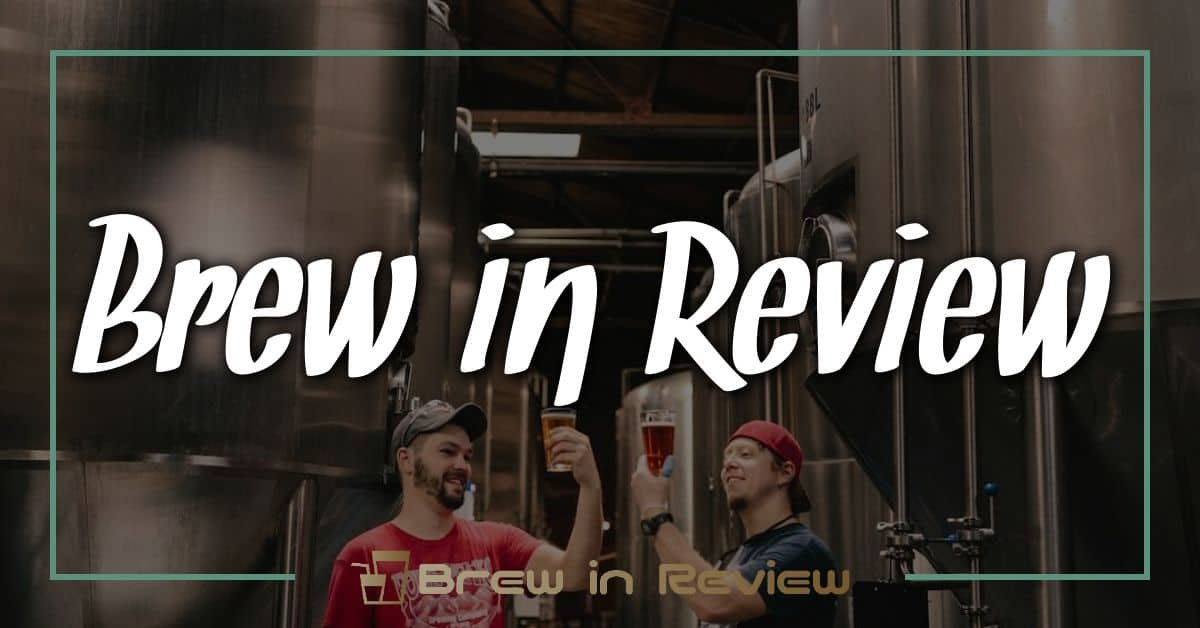When it comes to enjoying a cold brew, the packaging often sparks a friendly debate among beer enthusiasts. Cans and bottles each have their loyal followers, and the choice can influence everything from taste to convenience. I’ve noticed how these two formats have evolved over the years, reflecting not just personal preferences but also broader trends in the craft beer scene.
Overview of Beer Packaging Trends
Beer packaging trends reflect ongoing developments in both consumer preferences and industry innovations. Cans and bottles serve distinct purposes, with each having unique advantages.
Cans offer lightweight, portable options for various occasions. They block light efficiently, preserving beer freshness and flavor. Moreover, aluminum cans chill quickly, making them ideal for outdoor adventures or gatherings. Cans also reduce the carbon footprint through lightweight production and efficient shipping.
Bottles, especially glass, present a classic presentation of beer. They allow for a broader range of bottle conditioning methods, enhancing flavor and carbonation. The aesthetics of bottles appeal to many, providing a sense of tradition and craftsmanship.

Recent trends show a growing preference for sustainability, driving brewers to explore eco-friendly options in both formats. Some brands now focus on recyclable materials and minimalistic designs. Recognizing the environmental impact of packaging influences my choices in brewing and packaging.
Balancing convenience, taste preservation, and visual appeal defines my approach to beer packaging. As consumer interests evolve, I adapt my brewing methods and presentation to align with those trends. Whether I choose cans or bottles, the goal remains the same: to deliver quality beer that delights every palate.
Pros and Cons of Cans
Cans offer distinct advantages that appeal to many brewers and beer enthusiasts. Understanding these pros helps in making informed decisions when it comes to packaging.
Lightweight and Portable
Cans are lightweight, making them ideal for outdoor events and gatherings. I appreciate how easy it is to carry multiple cans without adding much weight. Their compact size fits perfectly in coolers, allowing for convenient transport to picnics or camping trips. Additionally, the ability to stack cans efficiently maximizes space, which is a major plus when I’m brewing for larger groups.
Environmental Impact
Cans boast a reduced carbon footprint compared to bottles. Aluminum is highly recyclable, and its recycling process uses 95% less energy than producing new aluminum. This aspect aligns well with my values as a brewer who prioritizes sustainability. Many breweries are transitioning to canning for their environmental benefits. I often encourage fellow home brewers to consider cans not just for convenience but also for their positive impact on our planet.
Pros and Cons of Bottles
Bottles, particularly glass options, bring unique qualities to the table that can enhance the beer experience.
Aesthetic Appeal
Bottles offer a classic, sophisticated look that catches the eye. Their transparent or colored glass showcases the beer’s vibrant hues, allowing consumers to appreciate its visual appeal. I enjoy presenting my homebrew in bottles; it adds a personal touch to gatherings. Labels can also be designed to capture attention, conveying the theme and creativity of the brew. Overall, the aesthetic value of bottles significantly contributes to the consumer’s initial impression.
Perceived Quality
Many consumers associate glass bottles with premium quality. The weight and feel of a bottle suggest a certain level of craftsmanship. In my experience, friends often express excitement when opening a bottled beer, perceiving it as a special occasion. Glass also acts as a barrier against oxygen and contaminants, which can influence the beer’s longevity and flavor. While convincing some drinkers about the benefits of cans, it’s important to acknowledge that bottles can enhance perceived quality, making them an appealing choice for various brews.
Consumer Preferences and Market Trends
Understanding consumer preferences is essential in the beer packaging debate. Factors such as age, lifestyle, and values influence choices between cans and bottles.
Demographic Insights
Younger consumers often favor cans due to portability and convenience, making them ideal for social settings like parties and outdoor activities. Cans also resonate with environmentally conscious drinkers, who appreciate the recyclability of aluminum. In contrast, older demographics may lean towards bottles, valuing traditional aesthetics and the craftsmanship associated with glass packaging. This split reveals a broader trend where personal lifestyle and values shape packaging choices.
Sales Data Comparison
Recent sales data reflects shifting market dynamics. Canned beer sales rose by 40% in 2022, significantly outpacing bottled beer sales, which grew by only 10%.
| Packaging Type | Sales Growth (%) | Market Share (%) |
|---|---|---|
| Cans | 40 | 65 |
| Bottles | 10 | 35 |
Cans now account for over 65% of the beer market, demonstrating a clear consumer shift towards this packaging option. This data underscores the effectiveness of cans in targeting trends around convenience and sustainability.
Conclusion
As I reflect on the ongoing cans versus bottles debate it’s clear that both packaging options bring something unique to the table. Cans offer convenience and sustainability while bottles provide that classic touch that many beer lovers cherish.
I’ve seen how personal preferences shape our choices and how trends influence what we reach for in the store. Whether I’m grabbing a can for a picnic or savoring a bottle at home the experience is always enjoyable.
Ultimately it’s about what resonates with you as a beer enthusiast. So next time you’re choosing your favorite brew consider what matters most to you and enjoy every sip.




